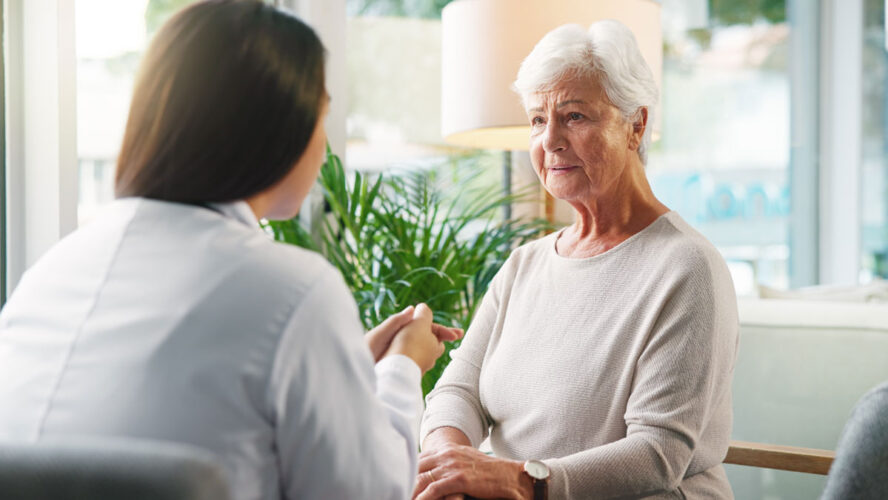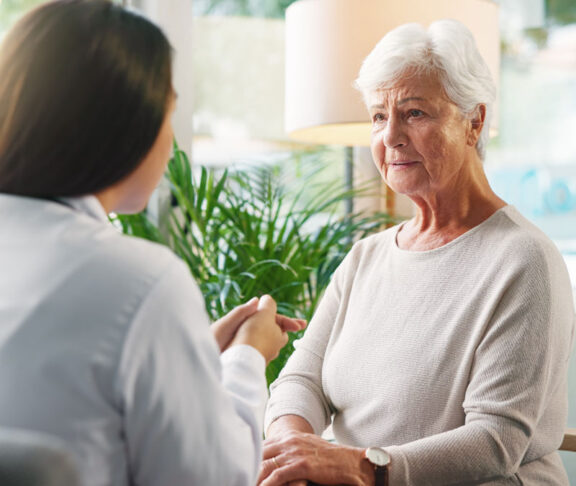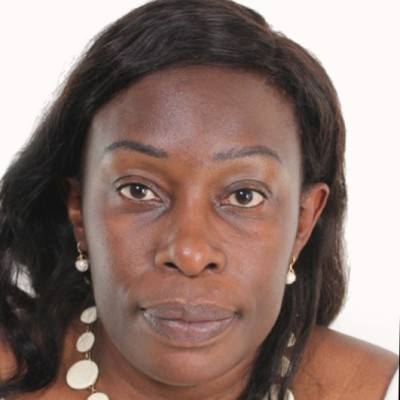
Dr. Mary Nyangasi
Technical Officer, Cancer (Technical Lead, Global Breast Cancer Initiative) Department of Non-Communicable Diseases and Mental Health, WHO
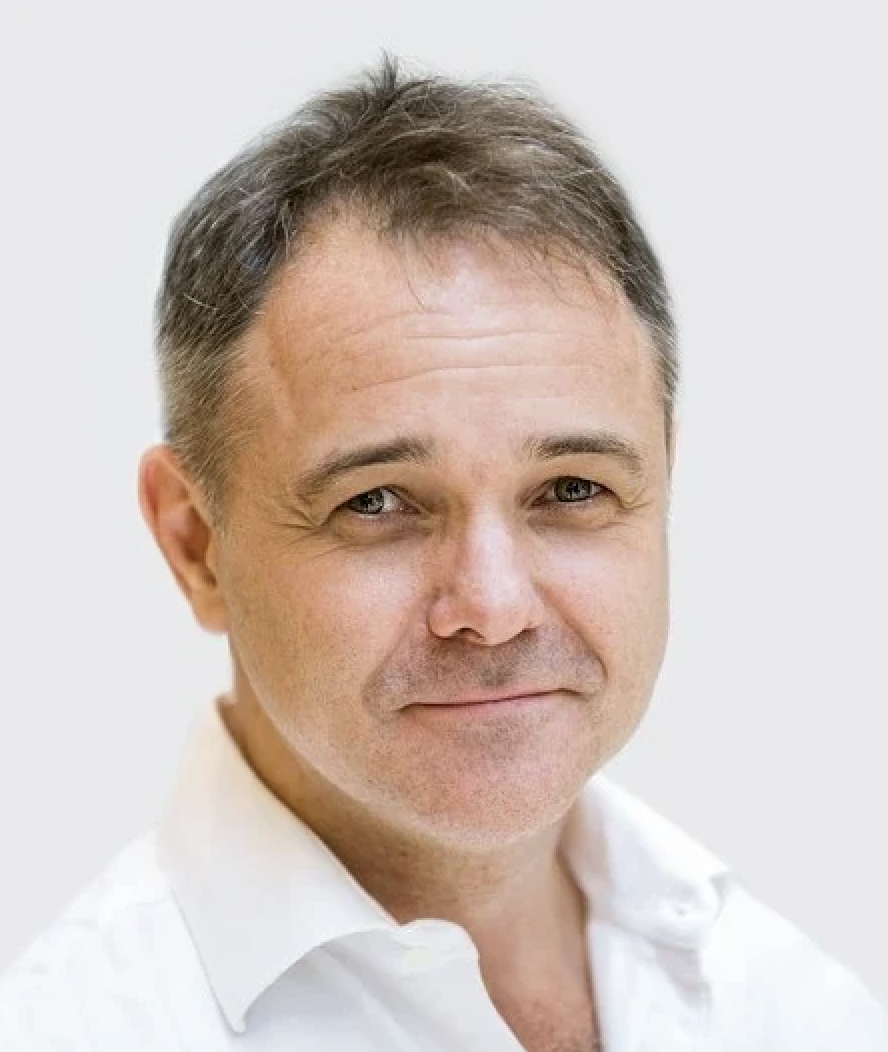
Dr. Jeremy Farrar
Assistant Director General, WHO
Accelerating progress on breast cancer requires an equity-focused lens — the Global Breast Cancer Initiative provides a way forward.
A global challenge with unequal impact
Breast cancer touches the lives of millions of women and families around the world. More than one in 20 women will be diagnosed in their lifetime.1 Behind the numbers are mothers, sisters, daughters, friends — lives that deserve protection, dignity and hope.
We know what works. Early detection, timely diagnosis and quality treatment save lives. Yet, too many women are denied lifesaving interventions simply because of where they live or what they earn. In the wealthiest countries and communities, survival for breast cancer now exceeds 90%. Survival can be less than 40% for the poorest populations.2 This gap is not about biology; it is about inequity.
Global Breast Cancer Initiative
To close this divide, the World Health Organization (WHO) launched the Global Breast Cancer Initiative. Its aim is simple: to improve breast cancer care so more women can survive.
The Initiative focuses on three priorities:
– Diagnose more women earlier
– Accelerate the time to diagnosis and start care
– Support women complete their treatment
Our global goal — the ‘60-60-80’ targets — is that 60% of breast cancers are found early, receiving a confirmed diagnosis within 60 days and 80% completing treatment. Achieving these goals could save 2.5 million lives by 2040.
Too many women are denied lifesaving
interventions simply because of where
they live or what they earn.
Equity in action
WHO is working with governments and partners to turn awareness into action. It aims to reduce stigma, empower women and strengthen health systems to deliver. Countries are already showing results. In Egypt, the Presidential Initiative for Women’s Health has expanded early detection and improved referral pathways.
Today, the majority of breast cancers are diagnosed at Stage I or II. Morocco´s programme targets women aged 40–69 years and those with a family history of breast cancer, aiming for a majority coverage in biennial screenings. In Georgia, new policies are increasing access to life-saving medicines and financial protection for patients.
Prevention, detection and better care
The Global Breast Cancer Initiative is more than a framework — it is a call to action for equity. With cases projected to rise worldwide, it offers a roadmap for stronger prevention, earlier detection and better care. This month, let us honour those we have lost by re-committing to those who are or will face breast cancer.
Let us listen to survivors, support caregivers and put women at the centre of our strategies. Breast cancer is not a death sentence if we act together — with urgency, compassion and equity.
- Kim, J. et. al. 2025. Global patterns and trends in breast cancer incidence and mortality across 185 countries. Nat Med 31, 1154-1162.
- World Health Organization. Breast cancer inequities. The Global Breast Cancer Initiative.
